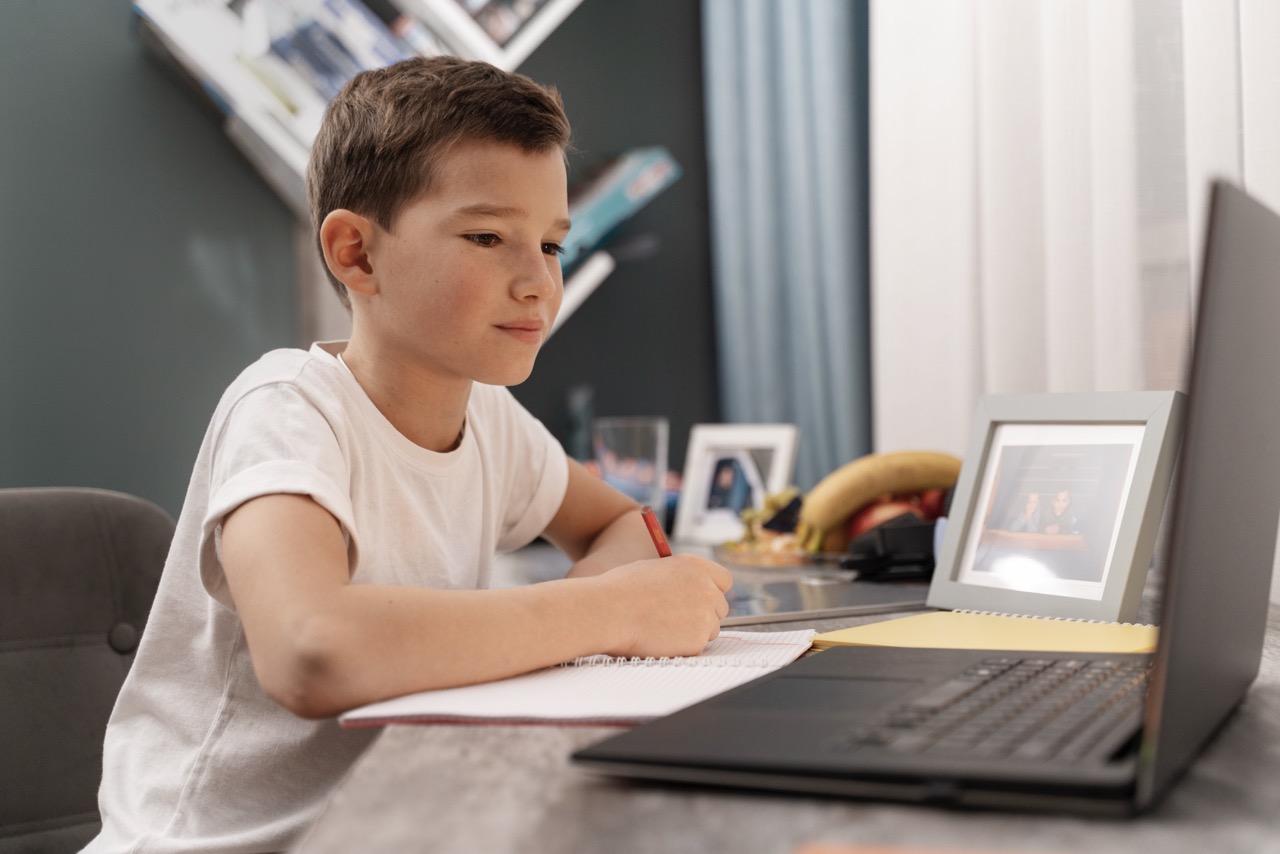

From ABC games to math puzzles and language learning tools, educational apps are everywhere. Parents often turn to them as a “productive” alternative to cartoons and games, but are they really as helpful as they seem?
The truth is: not all educational apps are created equal. While some offer real learning value, many are cleverly disguised distractions. Let’s break down what to look for, what to avoid, and how to use parental control apps to make sure your child’s screen time is genuinely supporting their growth.
The best educational apps can:
• Reinforce school concepts through interactive play
• Encourage self-paced learning
• Boost engagement with subjects like math, science, and reading
• Build useful skills like logic, memory, and problem-solving
But just because an app is labelled “educational” doesn’t mean it’s effective, or appropriate for your child’s age.
Some apps keep kids engaged with flashy graphics and addictive elements, even when learning is minimal. Overuse can lead to:
• Eye strain
• Poor sleep habits
• Reduced interest in real-world learning
Use a parental control app with screen time limits to cap daily use, even for educational apps.
Many “free” learning apps bombard kids with ads or push them toward in-app purchases. This distracts from learning and promotes consumerism.
Look for apps that are ad-free, or use a free parental control app for kids that can block ads and limit purchases.
Some apps:
• Repeat drills without a deeper understanding
• Use loud, overstimulating visuals
• Offer little to no actual teaching
Just because it says “learning” doesn’t mean it’s meaningful.
Tip: Check if the app is developed by educators or reviewed by child development experts.
One-size-fits-all apps don’t adapt to your child’s pace or learning style. This can lead to frustration or boredom, neither of which helps build strong learning habits.
Many apps mix games with minimal educational tasks just to hook children. The ratio of learning to entertainment is often heavily skewed.
If your child insists they’re “learning” but can’t explain what they’ve learned, it’s time to dig deeper.
Ask:
• Is the content age-appropriate?
• Are the learning outcomes clear?
• Does the app encourage critical thinking or just rote repetition?
• Are there expert reviews or parent testimonials?
Use a parental control app to limit app usage and track:
• How long your child spends on each app
• Which apps they open most frequently
• If usage aligns with learning goals
Apps like ParentVerse offer detailed usage reports across multiple devices so you can easily identify patterns.
If your child is learning vocabulary on an app, reinforce it at dinner or during a walk. Turn screen-based lessons into real conversations. This boosts retention and shows that learning goes beyond devices.
With ParentVerse, you can:
• Set screen limits (even on “good” apps)
• Track usage across devices
• Create a healthy routine of tech + offline learning
ParentVerse works as a parental control app for multiple devices, ensuring consistency across smartphones, tablets, and even shared computers.
Educational apps can be amazing learning tools, but only when chosen wisely and used in balance. As a parent, your role isn’t just to allow or deny, it’s to guide, monitor, and engage.
With smart supervision and the right tools like ParentVerse, screen time can become learning time - with real, lasting impact.